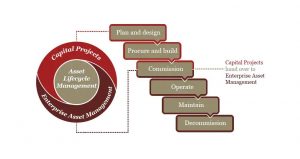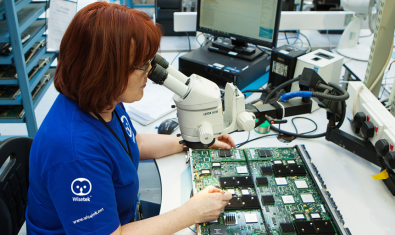July 18th, 2019
Don’t Risk Your Reputation: The Importance of IT Audits in the Banking & Financial Sector

Failure to perform an audit of all data bearing devices within your organisation can lead to theft, potential data breaches and reputational loss.
‘Do you know how many data-carrying devices exist in your organisation?’
This sounds like one of the most basic questions that an auditor can ask an IT department in any bank around the world and such a request should be answered pretty quickly, and confidently. Yet as technology changes and new devices come on stream, it’s becoming increasingly difficult – and increasingly important – to professionally and competently track all IT assets.





